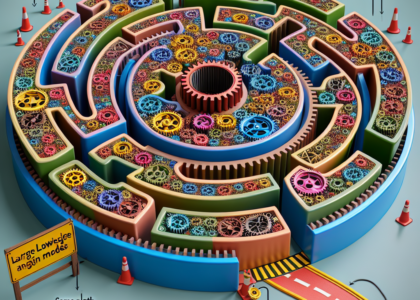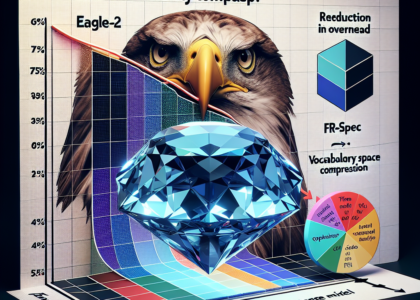Authors: Zhenwei Tang, Difan Jiao, Reid McIlroy-Young, Jon Kleinberg, Siddhartha Sen, Ashton Anderson
Abstract: There are an increasing number of domains in which artificial intelligence
(AI) systems both surpass human ability and accurately model human behavior.
This introduces the possibility of algorithmically-informed teaching in these
domains through more relatable AI partners and deeper insights into human
decision-making. Critical to achieving this goal, however, is coherently
modeling human behavior at various skill levels. Chess is an ideal model system
for conducting research into this kind of human-AI alignment, with its rich
history as a pivotal testbed for AI research, mature superhuman AI systems like
AlphaZero, and precise measurements of skill via chess rating systems. Previous
work in modeling human decision-making in chess uses completely independent
models to capture human style at different skill levels, meaning they lack
coherence in their ability to adapt to the full spectrum of human improvement
and are ultimately limited in their effectiveness as AI partners and teaching
tools. In this work, we propose a unified modeling approach for human-AI
alignment in chess that coherently captures human style across different skill
levels and directly captures how people improve. Recognizing the complex,
non-linear nature of human learning, we introduce a skill-aware attention
mechanism to dynamically integrate players’ strengths with encoded chess
positions, enabling our model to be sensitive to evolving player skill. Our
experimental results demonstrate that this unified framework significantly
enhances the alignment between AI and human players across a diverse range of
expertise levels, paving the way for deeper insights into human decision-making
and AI-guided teaching tools.
Source: http://arxiv.org/abs/2409.20553v1





